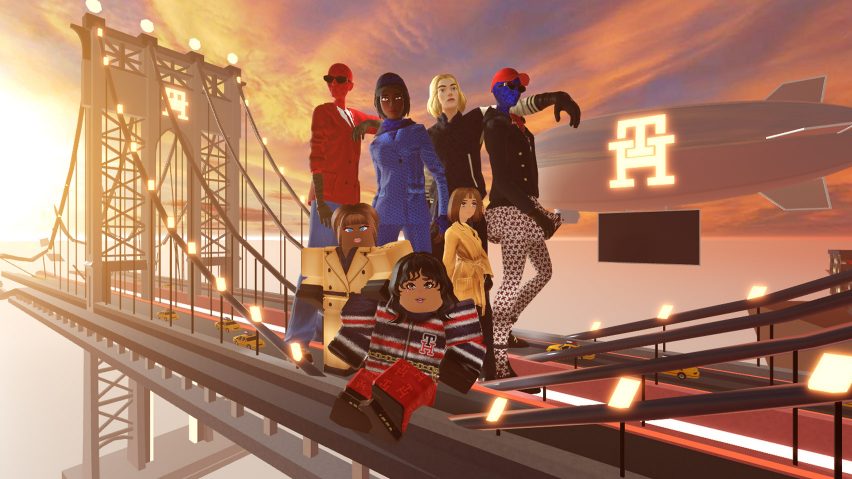
Digital fashion means designers' "imagination can go wild" says Roblox vice president
Virtual clothes worn by avatars are becoming more important than real garments to many users of the online gaming and social platform Roblox, says the company's Christina Wootton in this interview.
Wootton, Roblox’s vice president of global brand partnerships, spoke to Dezeen about how the platform is used as a form of self-expression and encourages its creators to develop original wearable digital fashion.
"There are very few places at the moment where you can actually wear digital fashion," Wootton told Dezeen. "On Roblox people actually put [digital] items on their avatars, walk around and meet friends, that's part of their day-to-day."
"Our virtual items are just as important or sometimes more important than the items in the real world," she added. "You wear it once and it just it just sits in your closet, but on Roblox, you're excited to wear these designs and you'll wear it many and multiple times."
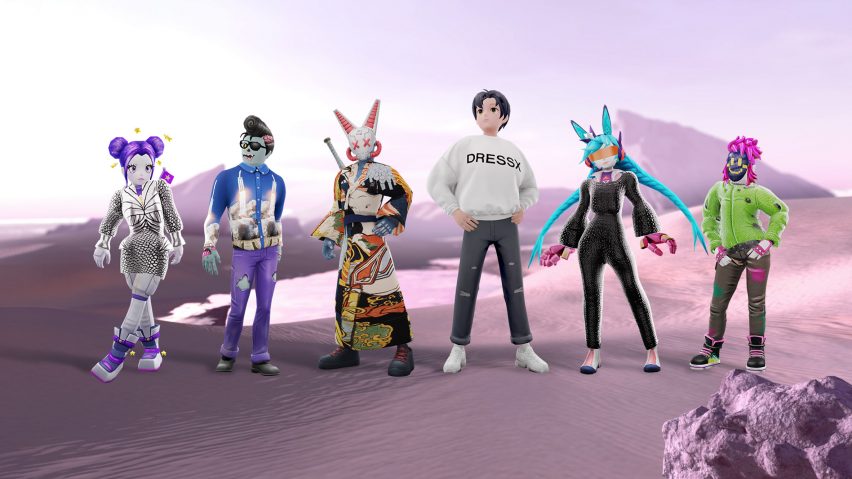
First released in 2006, Roblox is an online gaming and social platform that centres around games, spaces and content created by its users.
As of June 2022, the platform had over 57.8 million daily active users and offered more than 30 million in-platform experiences such as games, social events, concerts, fashion shows and education.
Users can create personal avatars and select from millions of items in Roblox's Avatar Shop including clothing, accessories, hairstyles and make-up to customise and dress their digital self to express their identities in ways they may not be able to in the real world.
Online identity and virtual self-expression was always a focus for the brand since its inception, Wootton explained.
"People are using this online identity as an extension of their physical self," she said.
"It's really important to them how they're represented in online space, especially with Gen Z; [their online identity] may not even be different between their online self and their physical self."
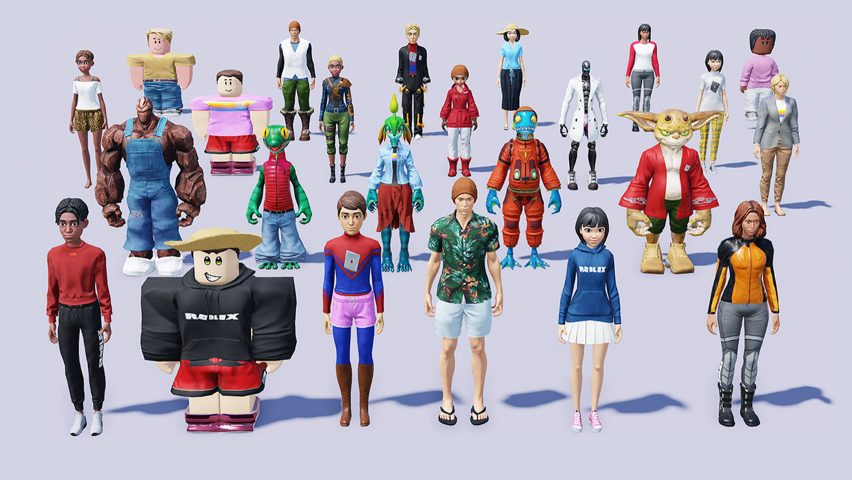
Digital fashion has seen a meteoric rise in the past two years induced partly by the coronavirus pandemic, with companies like DressX offering services that superimpose digital garments over images and avatars as well as using filters to fit digital clothes to a person's body.
Established brands including luxury fashion labels like Burberry, Balenciaga and Gucci have flocked to Roblox and similar platforms in a bid to claim space in the metaverse.
At this year's New York Fashion Week, American fashion and lifestyle brand Tommy Hilfiger digitally showcased its Spring/Summer 2023 womenswear collection, titled Tommy Factory, in Roblox alongside its physical runway show. Users of Roblox were able to purchase digital items from the show in-game.

In March 2022, virtual reality platform Decentraland announced it would host Metaverse Fashion Week, a digital fashion week where brands including The Fabricant will showcase new clothing collections in the metaverse.
"We're not telling [fashion brands] necessarily what to do," said Wootton. "Just like our developers have been on the platform for 15 years, we want to enable the tools and see what they create."
"Their imagination can go wild," she added. "You can push the creative boundaries so much with digital fashion – you can have fire coming from your outfit. You can really do things that you can't do in the real world."
Designers have been seeking to take advantage of these possibilities, including Santa Kupča who produced a digital fashion collection of glitching garments through 3D-scanning and digitally manipulating her own clothes.
Luxury brand collaborations with online platforms like Roblox can allow users to purchase items only available to the rich in the real world.
For example, a Burberry Lola bag typically retails for upwards of £1,500, but the Roblox digital version launched on the platform this summer was priced at 800 Robux, equivalent to around £8.99.
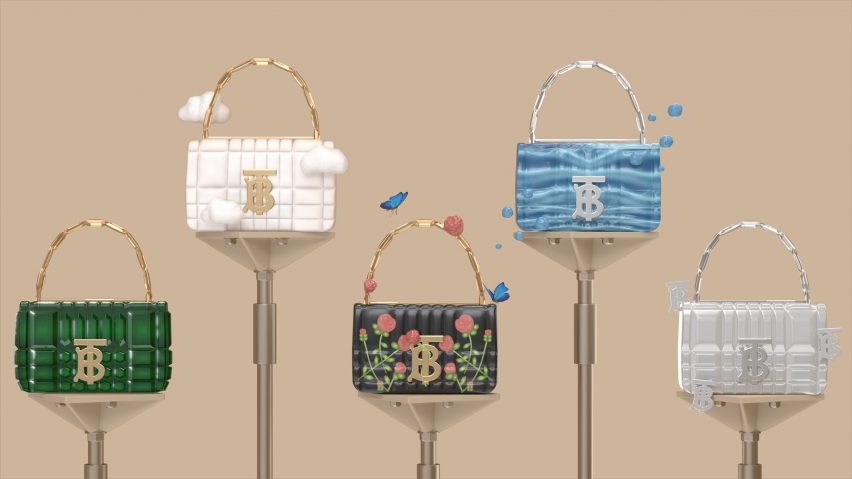
Meanwhile, digital wardrobes mean waste and energy consumption resulting from garment production are radically reduced.
According to DressX, the production of a digital garment results in 97 per cent less CO2 when compared to the production of a physical garment and reduces water usage by 3,300 litres per item.
A report by digital fashion house The Fabricant and Imperial College London found that digital fashion reduces the use of the toxic chemical dichlorobenzene from 12,000 kilograms for physical garments to 0.692 kilograms for digital clothes.
The report also stated that the life cycle of a physical t-shirt results in a 7.8-kilogram carbon footprint, while a digital t-shirt amounts to 0.26 kilograms.
With fashion responsible for around 10 per cent of global emissions, and the average person buying 60 per cent more clothes than someone 15 years ago, many believe that digital fashion could help address issues of overproduction and overconsumption.
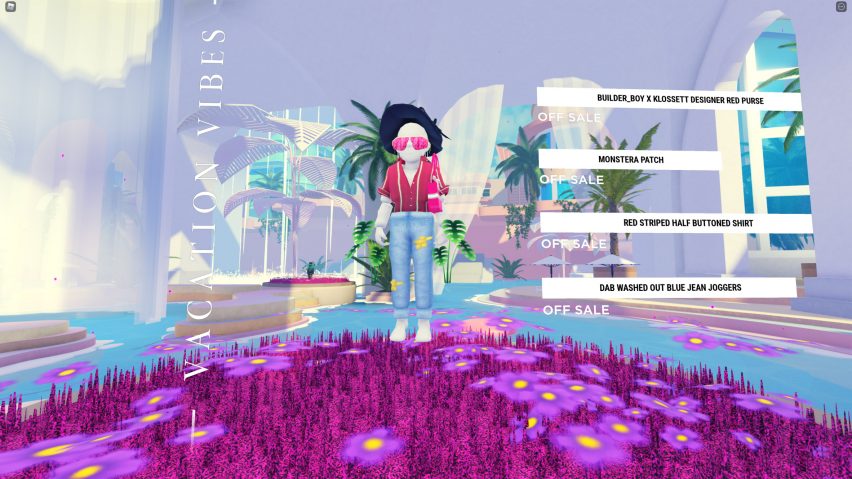
A major concern within digital fashion and virtual worlds is representation and diversity. In 2021, a study by the Institute of Digital Fashion (IoDF) highlighted the exclusionary nature of digital fashion and discussed how the virtual world can be more inclusive and diverse.
The report included a 6,000-person global study completed by the IoDF which revealed that 60 per cent of participants said that they feel there is a lack of diversity within virtual worlds, including in relation to how different bodies are represented through avatars.
Users of these digital worlds not only seek to create digital representations of themselves but also to create surreal representations, it found.
"Roblox is about self-expression and being anybody that you want to be," said Wootton. "It doesn't matter what body type or avatar you choose."
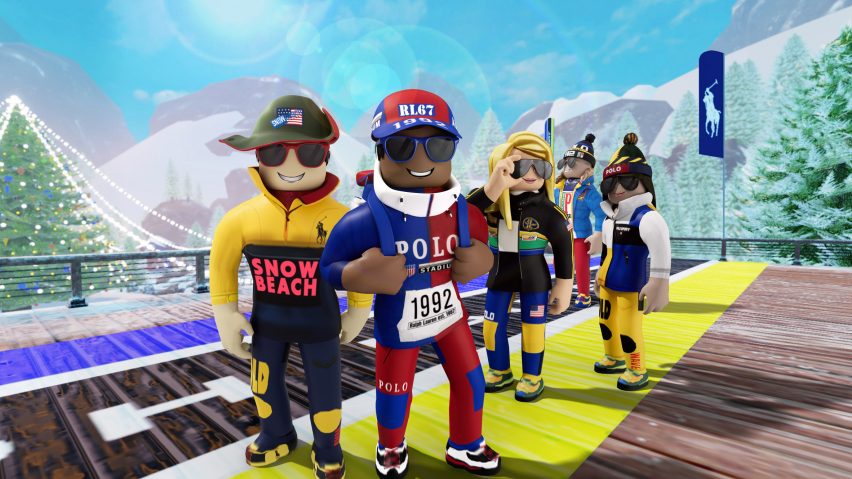
In an attempt to counter issues of representation, this year Roblox launched Layered Clothing, a technology that allows users to customise their avatars without being limited to quantifiable body types or avatar styles.
Users are able to create digital clothing, accessories and wearable content that can stretch across any kind of avatar body type as well as combining different avatar body types, clothing and accessories without clipping or breaking.
Clipping in video games is when the mesh of a graphic element or object unrealistically interacts with another, for example, hair or limbs passing through clothing or not correctly fitting to an avatar's body type. Breaking refers to a mesh that is damaged or corrupt and so may not be visible to users.
"Layered Clothing will fit towards any avatar body type so you feel like you can really express yourself and be who you want to be," said Wootton.
"It's allowing any fashion brand and digital fashion designers to really push creative boundaries."
The images are courtesy of Roblox.